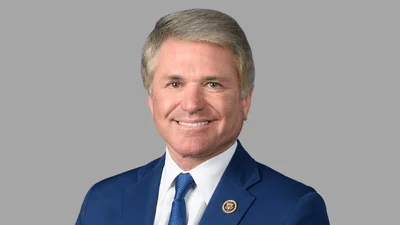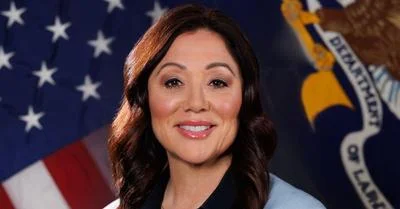Dear Mr. Viehbacher:
As the Ranking Member of the United States Senate Committee on Finance (Committee),I have an obligation to the more than 80 million Americans who receive health care coverageunder Medicare and Medicaid to ensure that taxpayer and beneficiary dollars are appropriatelyspent on safe and effective drugs and devices. This includes the responsibility to conductoversight of the medical and pharmaceutical industries that provide products and services toMedicare and Medicaid beneficiaries.
As reported today in New Scientist, several documents were unsealed on Jan. 18,2008, in the case of O'Neal v. SmithKline Beecham d/b/a GlaxoSmithKline. Several of thesedocuments and transcripts suggest that GSK knew as far back as 1989 that Paxil is associatedwith an increased risk of suicide. However, the American public was never adequately informedof this risk until May 2006 in a "Dear Healthcare Professional" letter that reported a "higherfrequency of suicidal behavior" associated with Paxil as compared to placebo.
Specifically, Dr. Joseph Glenmullen, a Clinical Instructor in Psychiatry at HarvardMedical School, prepared an expert report based on a review of internal GSK documents. Dr.Glenmullen's report suggests that GSK ensured that suicides and suicidal attempts weresystematically included in the placebo arm of GSK's study, which had the effect of making itmore difficult to detect suicide risks associated with Paxil. This information was then submittedto the FDA.
Dr. Glenmullen concluded in his report:
Analyses of GlaxoSmithKline's data demonstrate a causal link between the antidepressantand suicidal behavior. This has been true since 1989 although the "bad" Paxil numbers obscuredthe risk for a decade-and-a-half.
It is my understanding that 9 pages of Dr. Glenmullen's report are not available publicly.Accordingly, please respond to the following questions and request for information. Pleaserepeat each enumerated question and follow it with your response.
1. When did GSK first learn that Paxil was associated with an increased suicide risk?
2. When did GSK first report to FDA that Paxil was associated with an increased suiciderisk?
3. When did GSK first notify patients and doctors that Paxil was associated with anincreased suicide risk? Please provide all pertinent documents and communications.
4. Please provide the Committee with the complete, unredacted version of Dr. Glenmullen'sreport. Along with that report, please provide the appendix and all documents that are referred toin the report, in the order that they are referenced.
5. Please provide the Committee with the accompanying children and adolescents report.Along with this report, please provide the appendix and all documents that are noted in thereport, in the order that they are referenced.
Thank you again for your continued assistance in this matter. Because I understand thatthese documents are already available in electronic format, I would appreciate receiving thedocuments and information requested by no later than Feb. 14, 2008.
Sincerely,
Charles E. Grassley Ranking Member Committee on Finance









